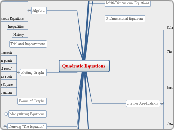av Dhananjana Weeraratne för 1 år sedan
184
Projectile Motion
When analyzing projectile motion, it is crucial to understand the relationship between initial and final velocities and positions. The initial velocity of a projectile is influenced by the velocity of the object releasing it.









